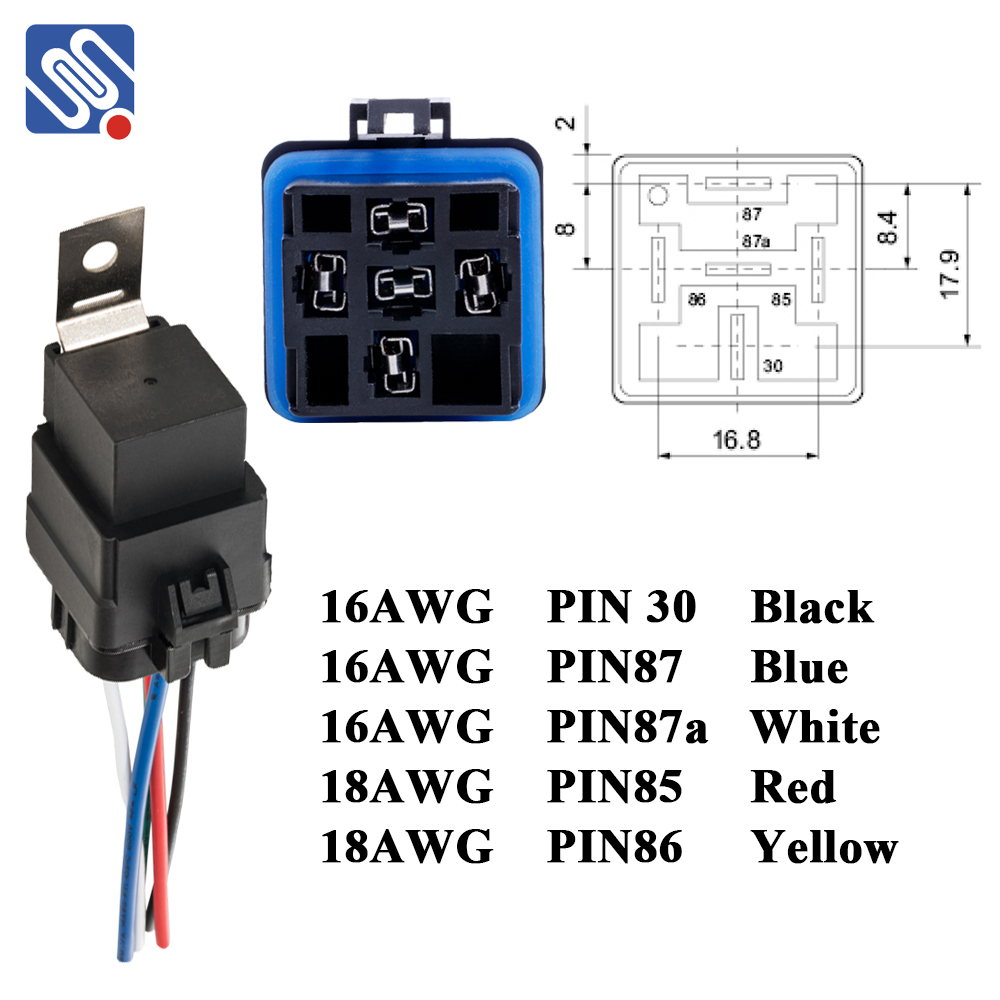Relay wiring is a crucial component of electrical and electronic systems. It allows low-power control circuits to switch high-power devices, providing both safety and convenience. Relays are used in a wide variety of applications, including industrial automation, home appliances, automotive systems, and more. This article will explore the basics of relay wiring, its components, different types of relays, and practical considerations when designing relay circuits.

Understanding Relays A relay is an electrically operated switch that uses an electromagnet to mechanically operate a set of contacts. In simple terms, it allows a small current to control a larger one. When voltage is applied to the relay’s coil, it generates a magnetic field that pulls the relay’s switch (or contacts), closing or opening a circuit. The fundamental function of a relay is to control a high-power circuit with a low-power signal, which is essential in various automation and control systems. Key Components of Relay Wiring Coil (Electromagnet): The coil is the heart of the relay. When electricity passes through it, the coil becomes magnetized, creating a magnetic field that operates the switch. The coil typically operates on a DC or AC voltage, depending on the type of relay.